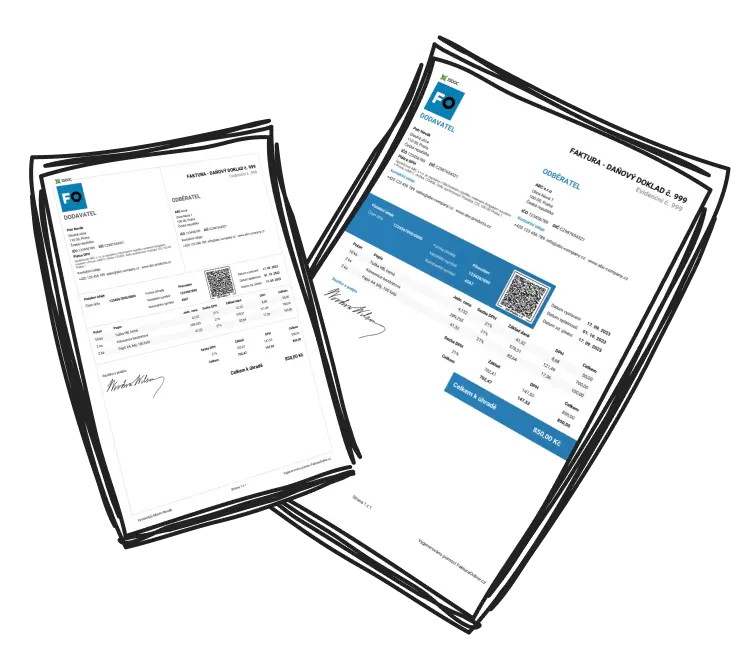A restaurant bill format is a systematic record that outlines what you've been charged for after dining out. Typically, it includes the restaurant's details such as name, location, and contact information, along with a breakdown of everything ordered, including item names, amounts, and unit prices. You'll also find taxes and any service fees listed, leading up to the total amount due. While fancy restaurants might use elaborate, branded bills, smaller eateries often stick to straightforward, sometimes handwritten formats. Familiarity with the format helps diners avoid misunderstandings and ensures transparent dealings when dining out.
Example
Restaurant Name / Contact
Date and Time
Ordered Items: Dish names, quantities, unit prices, totals.
Charges: Taxes, gratuities/service fees, subtotals, grand total.
Payment Section: QR codes or space for payment options.
How Do Diners Decipher a Restaurant Bill?
Breaking down a restaurant bill into its parts makes it simpler to grasp. Here's how to efficiently navigate a restaurant bill format:
Begin with the Header: Ensure the bill reflects the right restaurant details and date.
Check Ordered Items: Match the itemised list to your order, ensuring prices and quantities are accurate.
Spot the Subtotal: This is the sum of your item prices before any additional charges.
Identify Taxes and Fees: Look over any added service charges or VAT.
Verify the Grand Total: Double-check that the total is what you expect to pay, factoring in any discounts.

Tip
It's always wise to check the bill's calculations for accuracy.
Are Certain Features Common to All Restaurant Bills?
Indeed, most restaurant bills share several elements:
Restaurant Information: Name, address, and contact details.
Date and Table Number: Useful for tracking your visit.
Items Ordered: A list showing each dish or drink with its corresponding quantity, cost, and subtotal.
Taxes and Service Charges: Details about extra costs.
Grand Total: The total amount you owe.
Example
Restaurant Name: XYZ Bistro
Date: Oct 15, 2023
Items: Margherita Pizza x2 @ £10 each = £20
Subtotal: £20
Tax (5%): £1
Service Charge: £2
Grand Total: £23
Why Is Comprehending the Restaurant Bill Important?
Being familiar with a restaurant bill format is crucial for ensuring that you're only paying for what you should, and can help uncover hidden costs like spontaneous service charges or extra taxes. With this knowledge, UK diners can verify billing accuracy, prevent unexpected expenses, and manage their dining budgets more effectively in the future.
Did you know? Some places in Britain add a gratuity for large groups automatically, which can help avoid double-tipping!
Can Scrutinising a Bill Reveal Mistakes?
Absolutely, examining your bill can expose common mistakes such as duplicate charges, wrong pricing, or overlooked discounts. Here are a few pointers:
Compare Prices to the Menu: Ensure the prices on the bill align with the menu.
Double-Check Quantities: Verify you've been charged correctly for what you ordered.
Identify Extra Fees: Keep an eye out for automatic tips or additional services fees you didn't anticipate.
Verify Discounts: Make sure any offers or loyalty points have been correctly deducted.

Be vigilant: Automatic service charges might appear even for smaller parties!
Concluding: Master Your Bill for Smarter Dining
By meticulously going through your restaurant bill, you can avoid unnecessary spending and build trust in your dining experiences. Understanding the ins and outs of your bill grants you clarity and promotes positive spending habits, benefiting both diners and staff. Don't let bill blunders ruin your meals—become adept at reading your bill!


